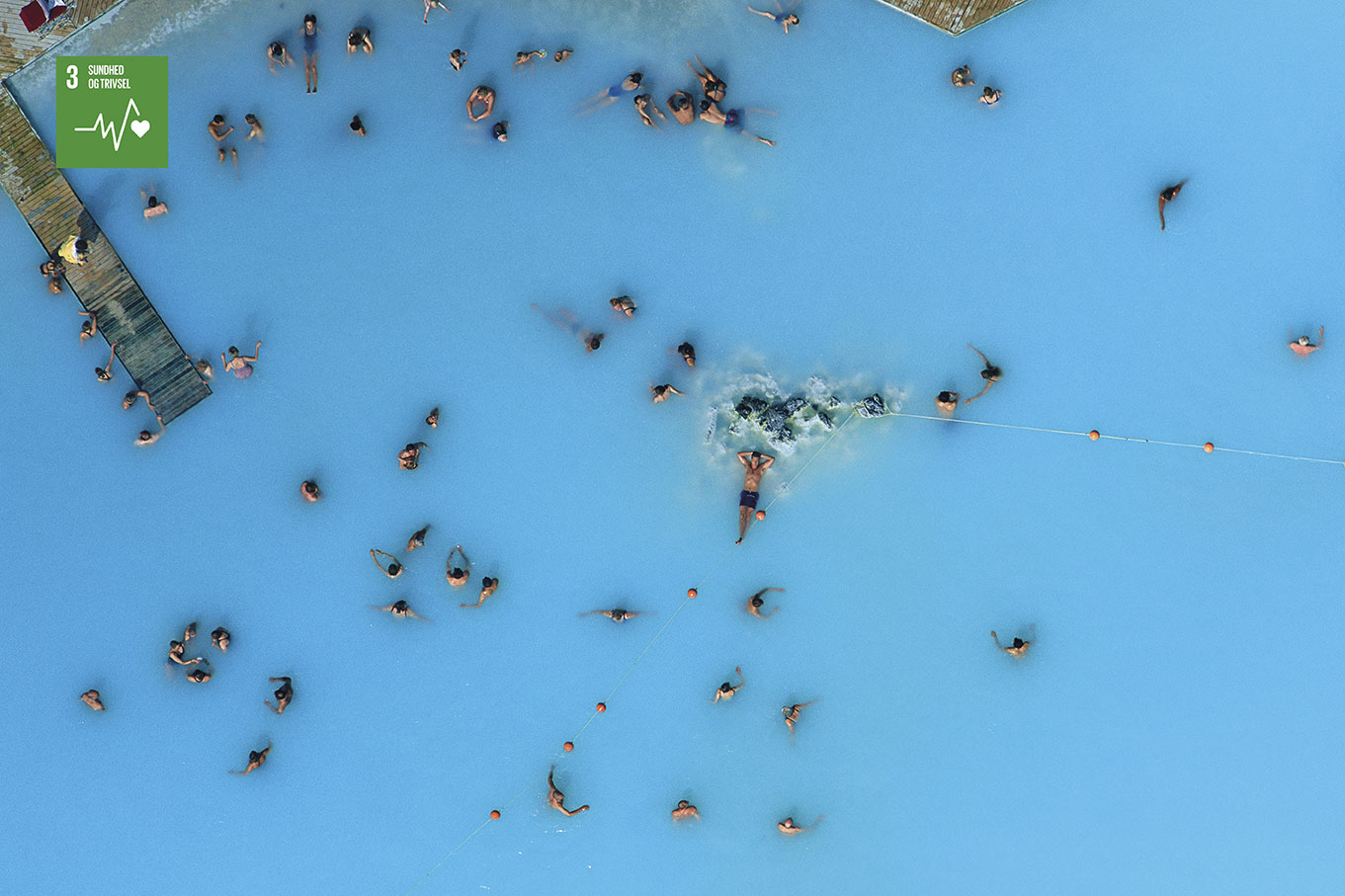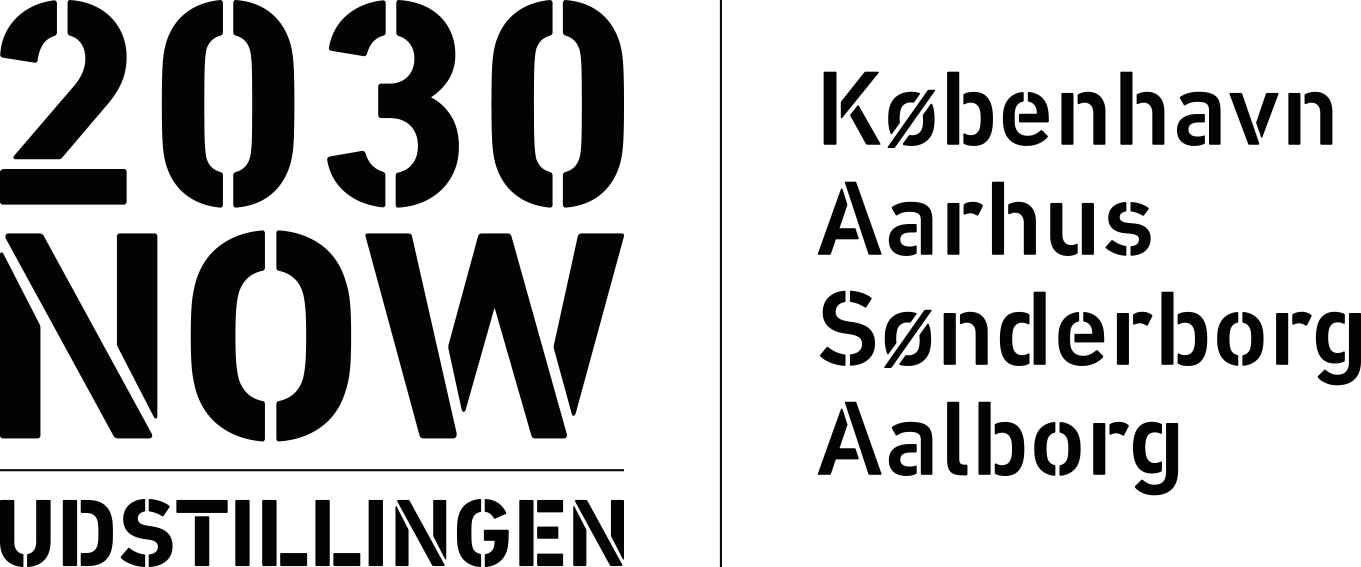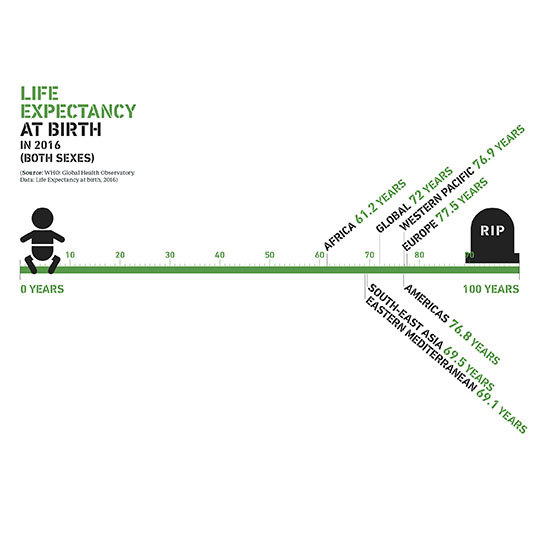
The Blue Lagoon is an artificial lake made of the water left over after a geothermal power plant has pumped water up from Iceland’s many hot springs. The colour of the warm saltwater comes from its unique blend of minerals and algae, and it is said to have a therapeutic effect on skin conditions such as psoriasis. While many people in the richest parts of the world can afford to splash out on spas and well-being, more than half of the global population does not have access to even the most basic healthcare.
GOAL BY 2030: SIGNIFICANT GLOBAL PROGRESS ON HEALTH, LONGER LIFE EXPECTANCY AND GREATER CAPACITY TO PREVENT AND TREAT A RANGE OF INFECTIOUS DISEASES.
Every year, more than six million children die before the age of five. By 2030, we must put an end to deaths that could be prevented by providing adequate care. We must also significantly reduce the number of women who die in childbirth. By 2030, epidemics of diseases such as tuberculosis, AIDS, malaria and less well-known tropical diseases must be consigned to the annals of history. The goal is better prevention, so that fewer people die prematurely as a result of disease, pollution or alcohol and drug abuse.
Smoking kills more than seven million people every year. The Danish Health Authority estimates that the figure for Denmark is 14,000. Poor mental health, including depression and anxiety, is a growing problem around the world. Better prevention and care are both needed. Everybody must have the right to high-quality and affordable healthcare, medicine and vaccines.
More than 3,000 people die in traffic every day, more than half of whom are aged 15–44. In Denmark in 2018, 175 people were killed in traffic accidents and more than 3,000 were injured – again, a disproportionate number were young people. The goal by 2030 is to halve the number of people killed and injured in traffic accidents.


